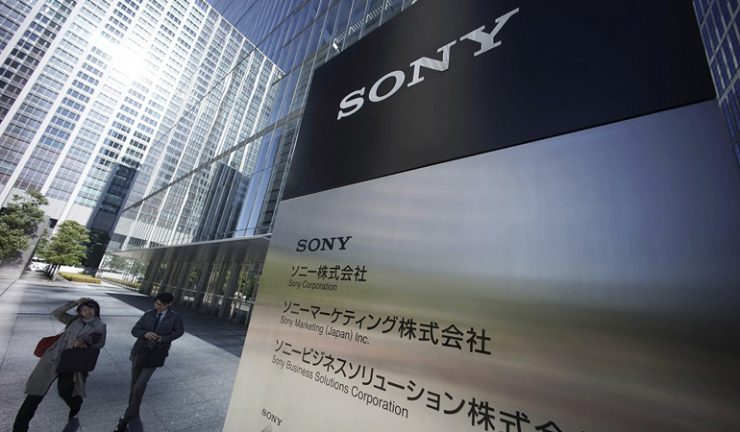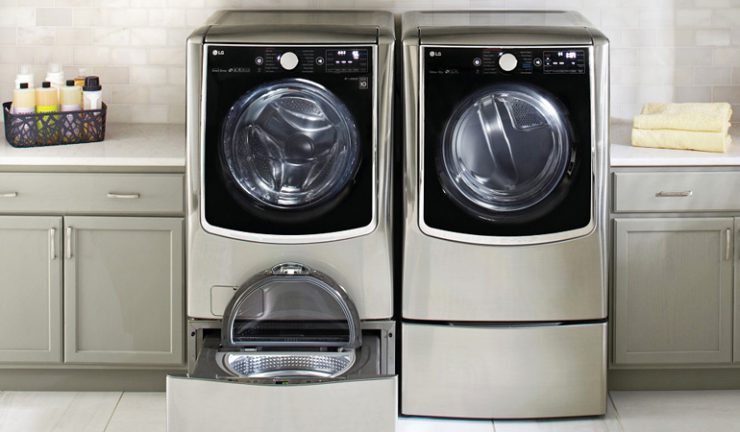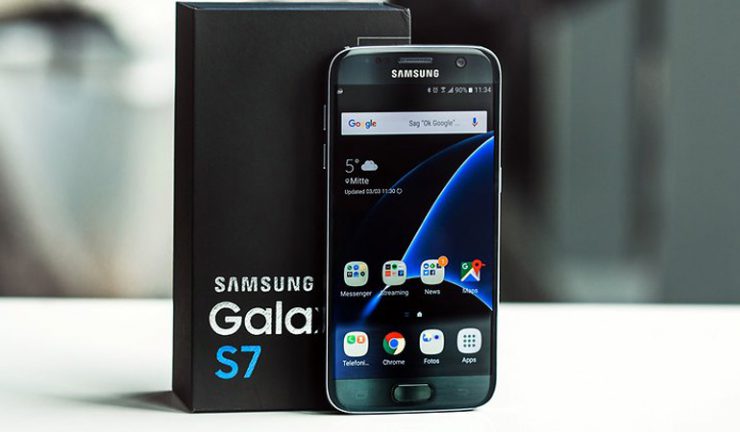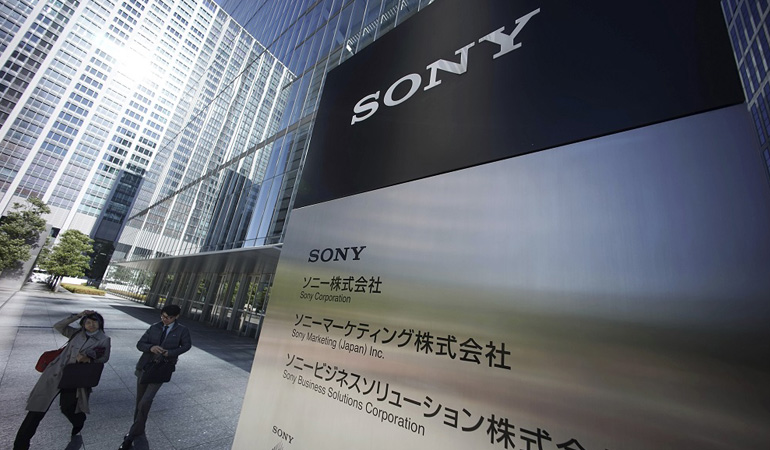How these companies turned around fortunes.
Sony has resurrected from the red, posting a net profit of 147.8 billion yen ($1.8 billion) for fiscal year ended March 31, 2016, in comparison to its net loss of 126 billion yen ($1.53 billion) one year earlier. All dollar amounts in Australian currency. The profit was attributed to strong PS4 sales.
However, sales and operating revenue decreased 1.3% compared to the previous fiscal year to 8.1 trillion yen ($98 billion) due to a significant decline in sales in the mobile communications category. Operating income increased 225.6 billion yen year-on-year to 294.2 billion yen ($3.5 billion).

Mobile sales see 20% dip
Sales decreased 20% year-on-year to 1,127.5 billion yen ($13.74 billion) due to a strategic decision to not pursue scale in order to improve profitability, resulting in a significant decrease in smartphone unit sales, partially offset by an improvement in the product mix of smartphones.
Operating loss decreased 156.1 billion yen (1.9 billion) year-on-year to 61.4 billion yen ($750 million), primarily affected by the negative impact of the appreciation of the US dollar.
PS4 to the rescue in gaming category
Sales increased 11.8% year-on-year to 1,551.9 billion yen ($18.91 billion) due to an increase in PS4 software sales and PS4 hardware cost reductions. Furthermore, there was the absence in the current fiscal year of an 11.2 billion yen ($140 million) write-down of PS Vita and PS TV components recorded in the previous fiscal year.
Flat sales for digital cameras
Sales decreased 1.7% year-on-year to 711.2 billion yen ($8.67 billion). Sales were essentially flat year-on-year due to decreases in unit sales of video cameras and digital cameras.
Operating income increased 30.4 billion yen ($370 million) year-on-year to 72.1 billion yen ($880 million) due to the improvement in the product mix of digital cameras and cost reductions.
Home audio, video market continues to contract
Sales decreased 6.4% year-on-year to 1,159 billion yen ($14.12 billion) due to a decrease in unit sales of LCD televisions and a decrease in home audio and video unit sales reflecting a contraction of the market, partially offset by an improvement in the product mix of LCD TVs and impact of foreign exchange rates.
Operating income increased 26.5 billion yen ($320 million) year-on-year to 50.6 billion yen ($620 million) due to cost reductions and an improvement in product mix.
Outlook for fiscal 2017
Due to the earthquake of April 14, 2016 and subsequent earthquakes in the Kumamoto region, operations at Sony Semiconductor Manufacturing Corporation’s Kumamoto Technology Centre were halted and remain suspended. It is the primary manufacturing site for image sensors for digital cameras and security cameras. It also manufactures a portion of the camera modules that are used in Sony’s smartphones.
Therefore, Sony is unable to formulate a forecast for the segments and for the consolidated results for the fiscal year ending March 31, 2017. Sony plans to announce the forecast in May 2016.
Premium products in high demand for LG
Increased sales in the home appliance category helped LG’s operating profit reach 505.2 billion KRW ($580 million), which was an increase of 66% compared to first quarter fiscal 2015.
Sales in the home appliance category rose 3.8% year-on-year and 10.2% quarter-on-quarter to 4.21 trillion KRW ($4.83 billion) driven by sales growth in premium products and B2B businesses.

Domestic sales increased by 11% year-on-year due to the strong performance in TwinWash washing machines (pictured above), premium refrigerators and system air conditioners.
A drop in oil price and unfavourable currency exchange movements affected the weak demand in markets such as Middle East, South America and CIS regions.
Although the market will remain stable in developed regions such as North America and Europe, an overall market fluctuation risk still remains due to the economic recession in Middle East/CIS/China regions.
Mobile revenue suffers with weak demand
Revenue declined 19% quarter-on-quarter due to seasonality and average selling price erosion. Smartphone shipments were down 12% year-on-year and quarter-on-quarter.
Mobile phone sales decreased 3% quarter-on-quarter due to the impact of reducing the channel inventory from the carriers in the North America market.
LG expects slow smartphone market demand to further accelerate the intense price competition among smartphone vendors. However, stronger sales for the company are anticipated due to the global expansion of G5 sales and enhancement of mass tier model sales. The build-up of cost-competitive value chain will also aid an improvement in profitability.
UHD and OLED tipped to drive TV growth
Revenue fell 9% quarter-on-quarter due to seasonality. TV shipments also decreased quarter-on-quarter in the major markets such as Europe, and North America regions.
Meanwhile, sales in South Central America, Middle East regions dipped 2% year-on-year due to economic conditions. However, margins improved by increasing premium product sales and better cost structure.
Although the overall TV demand will remain sluggish, premium TV demand such as UHD TV and OLED TV will continuously move up.
LG expects a slight decline in revenue and margin compared to the previous quarter. However, solid profitability is anticipated by maintaining cost competitiveness.
Second quarter outlook
An uncertain global economy and tough market conditions are expected to persist. Despite this, the company expects demand of premium appliances and Ultra HD TVs/OLED TVs to grow in developed markets.
LG will continue its premium-focused strategy on its G5 smartphone and Ultra OLED TV and actively engage to boost the sales for high season products such as air conditioners.
Samsung’s smartphone success helps sales boost
Samsung’s total sales for first quarter fiscal 2016 were up 6% year-on-year to 49.78 trillion KRW ($56.96 billion) due to growth in the smartphone category, particularly the flagship Galaxy S7, and strong demand for premium products in the home entertainment and appliance category.
Total operating profit was up 12% year-on-year to 6.68 trillion KRW ($7.64 billion).

The consumer electronics segment was up 4% year-on-year, but down 23% quarter-on-quarter to 10.62 trillion KRW ($12.15 billion). TV earnings improved year-on-year substantially driven by expanded sales of premium product.
UHD TV shipments increased by 98% year-on-year, while curved TV shipments increased by 57%, mainly in North America, Europe and Latin America.
Earnings improved year-on-year in the domestic appliance segment due to expanded sales of premium products including the Chef collection and Active/Add Wash, mainly in North America and the domestic market.
Samsung has a positive outlook for second quarter under strong seasonality for air conditioners and refrigerators led by expanded sales of new premium product such as Family Hub and Twin Cooling refrigerators.
The mobile segment was up 8% year-on-year and 12% quarter-on-quarter to 26.94 trillion KRW ($30.83 billion). Earnings increased quarter-on-quarter led by improved product mix with the Samsung S7 smartphone and improved profitability of mid to low-end.
However, Samsung expects smartphone and tablet demand to remain flat quarter-on-quarter amid weak seasonality.
The display panel segment was down 12% year-on-year and 8% quarter-on-quarter to 6.04 trillion KRW ($6.91 billion). OLED earnings improved, driven by the launch of new high-end products and expanded panel shipments. LCD earnings declined due to imbalance of supply/demand.

